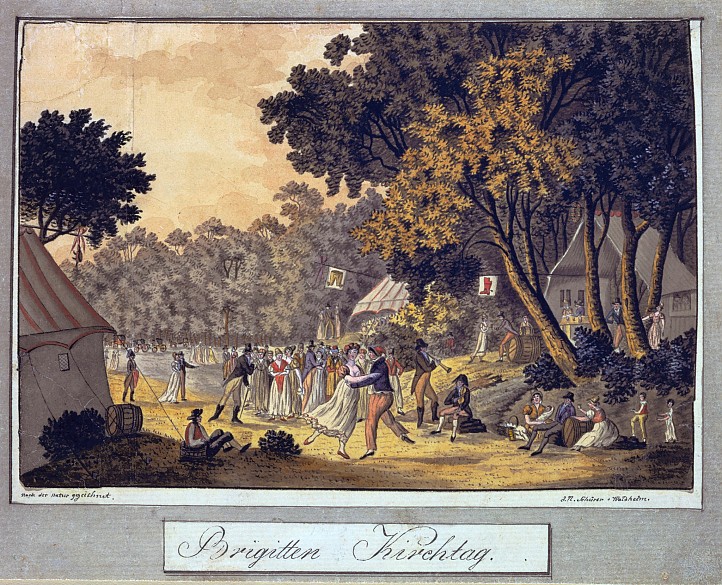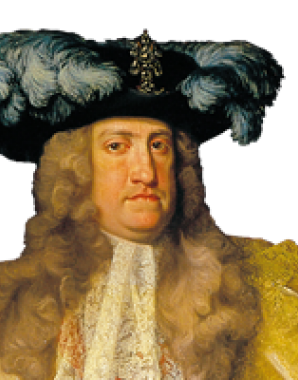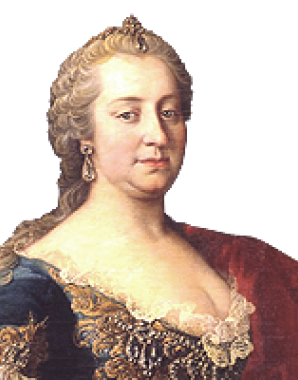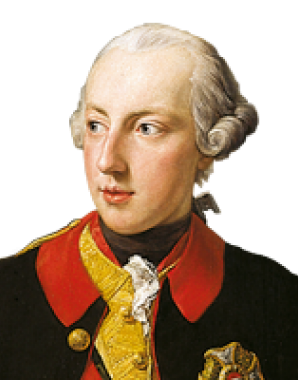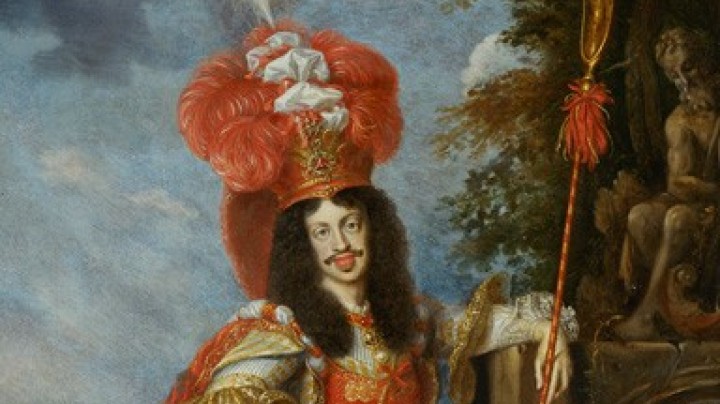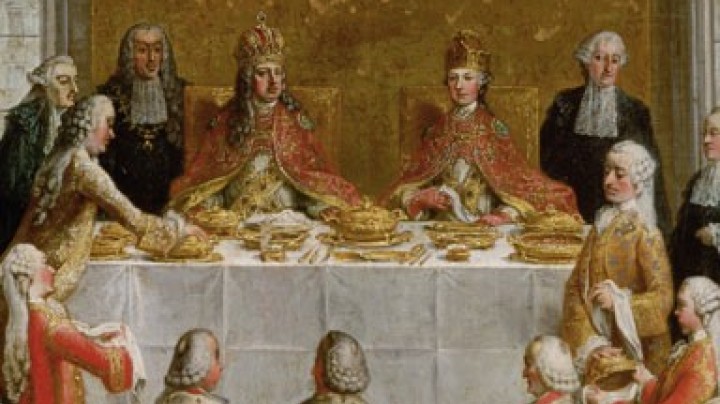Courtly and popular pleasures
Ecclesiastical and secular celebrations constituted an important part of courtly life during the Baroque era. There was less to celebrate for the common people.
The borderline between festive occasion and everyday life, of such importance for the ‘common people’, was often blurred for the ruling classes. The daily and annual routines of the Court were strictly regulated and offered a succession of different festivities, both great and small. The Court served as a stage for the aristocratic company who were obliged to attend these events in their most sumptuous apparel, jewellery and equipages.
The Court’s daily routine was punctuated not only by secular but also religious feast days, although these are not as well documented. ‘Ordinary devotions and ceremonies’ such as mass, prayers or blessings were attended in a number of the city’s churches; public services took place on the occasion of feast days celebrating imperial orders, the Blessed Virgin and the Apostles as well as on days marking military victories or as part of processions and pilgrimages. There were also services which started out from the churches of the Hofburg and processed around the churches of the inner city. Charles VI celebrated both the saints’ days as well as the Toison services for the Order of the Golden Fleece. As part of her campaign against ‘idleness’, his daughter Maria Theresa cut the number of religious holidays, and her son Joseph II abolished almost all of them. The only religious day of procession that remained was the feast of Corpus Christi. This was important in both religious and political terms, as it represented an anti-Protestant element. The Habsburgs always took part in the Corpus Christi procession, an event that had an almost theatrical character and drew crowds of spectators.
A very popular Viennese high day until the nineteenth century was the St Brigitta Fair. From the 1730s onwards huge crowds including aristocratic onlookers and the ‘common people’ flocked to the Brigittenau, an area just to the north of Vienna, today the city’s twenty-third district, to attend the church service and the subsequent festivities, at which there was ‘dancing, gambling, feasting and carousing’ as described in an account from 1779. It was celebrated as a major public festival until 1847.
